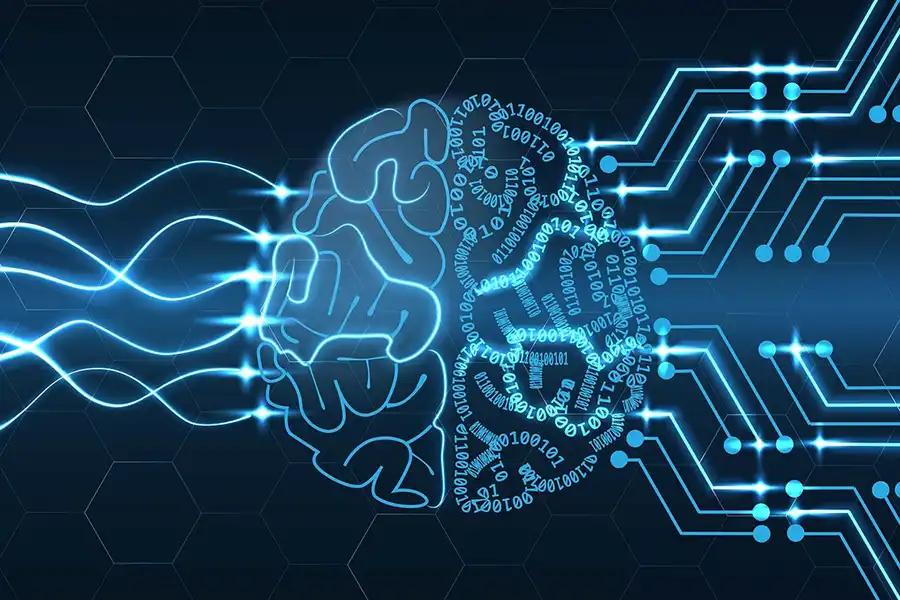The Future of Forex: How Artificial Intelligence and Machine Learning Are Reshaping the Market
Being the widest and biggest area, within finance globally, the Forex market has practically always absorbed all technological changes. Coming to the present time, the sudden emergence of AI and Machine Learning set off an explosive shift that is bringing transformative evolution not only in the practices but also introduces brand new, effective tools for decision-making to the traders. This article by Toofan Trading Academy looks at how AI and ML are changing the Forex market, and what it may look like in the future.
1. Processing Big Data More Quickly and Efficiently
Forex means high volumes of transactions and, therefore, much data about currency rates. All this information is going to be hard to manually tabulate. AI and ML do this through intelligent algorithms running on large databases to uncover hidden market patterns.
Such information-driven analyses give traders the ability to predict the market with a high degree of accuracy. In addition, ML algorithms can update and adapt consistently with the changes in the market and offer better analyses. This AI feature provides Forex traders with correct and updated information to take any trading decision.
2. Improved Trading Algorithms
Another major result of AI and ML development in Forex is the automated trading algorithm. These algorithms conduct second-by-second management of the market data in determining the best points of entry or exit into a trade using signals from previous information in price volatility and other factors that could drive the market one way or another.
One major benefit of AI-powered trading algorithms involves the ability to process large volumes of information in record time. In addition, AI can also apply involved strategies derived through historical analysis and patterns that are too cumbersome for human traders to apply effectively.
Read More: The Impact of International Trade Relations on Forex Exchange Rates
3. Optimized Risk Management
In the Forex market, risk management is very important, and AI-ML improves this process by several notches. Advanced algorithms in AI and ML now allow anticipation with a view toward managing those risks that result from price volatility, econopolitical events, and sudden market shifts.
The ML algorithms build a very accurate forecasting model, calculating everything right from the historical data to the prevailing market condition. Traders will be in a position to build better strategies and develop steps to avoid potential risks. AI systems can also give real-time alerts on changes in the market. This helps the trader act promptly.

4. Reduced Emotional Trading
The most overwhelming factor for Forex traders is the emotional impact on decisions concerning trading. Most of these emotional decisions result in severe errors in trading; however, AI and ML address the issue. AI-based systems function on data and logic, not having any sentimental interference.
These systems painfully analyze the market information and perform some predefined strategy in a correct manner, sans any bias from the human emotion, which would have been introduced, hence minimizing errors in trading and enhancing the performance of Forex markets.
5. AI in Technical and Fundamental Analysis
Two major methods of analysis in the Forex market involve technical and fundamental analysis. With AI and ML, however, it has elevated these analyses to the next level. Through AI, technical analysis is automated, whereby it rapidly identifies patterns and price indicators.
The role of AI in fundamental analysis is to process economic and political data, such as interest rates, inflation rates, GDP, and other variables that affect the currency rates. These data sets combined by AI systems will provide immense insight to the traders to make better decisions.
6. Algorithmic Trading and Faster Transactions
AI and ML have been direct contributors to the growth of algorithmic trading in Forex. With algorithmic trading, traders get their trades placed automatically, with no human intervention involved; it needs complex data analysis.
Now, AI enhances those algorithms by enabling faster and more accurate transactions. Additionally, ML will allow these algorithms to learn continuously from the market and adjust to new conditions.
This adaptability will help traders make the best decisions even in rapidly changing markets.
Read more: Impact of interest rates on major currency pairs in Forex
7. AI and ML – The Future of Forex
The introduction of AI and ML has changed the way Forex is traded. And in the immediate future, they will also have an even more significant say. As knowledge of the two improves and encompasses more aspects, automated trading and intelligent analysis will be a part of everyday life for Forex traders.
While all this is true, wider applications of AI in Forex are the subject of a number of challenges: advanced technological infrastructure and cybersecurity. Even as AI enhances the efficiency of the market, countermeasures against security threats and misuse need to be enhanced.
8. Conclusion
The impact of AI and ML in the Forex market has been huge and long-established, and is set to increase further in the future. From more advanced analytics and better risk management to reduced emotional impact and increasing the accuracy of trades, AI and ML act as strong enablers to assist traders in making better decisions toward better profitability.
In light of such developments, it would be reasonable for Forex traders to stay updated with recent technologies and to know how to apply AI and ML towards optimizing their trading models. The future of Forex trading is definitely tied up with AI and ML; a trader who subjugates either or both of them to insignificance risks lagging far behind in the race.
